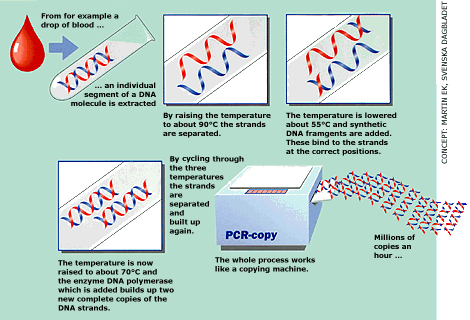|
March 2009
Dear Friend,
The federal government’s funding of HIV/AIDS research is based on priorities set forth in the Plan for HIV-Related Research, published by the National Institutes of Health. This year the plan details two major priorities:
- The prevention of HIV transmission
- The treatment of HIV-associated illnesses and co-infections.
AIDS Research Alliance agrees that research advancing both priorities is critical. In fact, our scientific team has been advancing the science in both prevention and treatment. And yet, in reading the government’s plan, there is scant talk about finding a cure. That begs the question: If finding a cure is not a priority, how likely is it that a cure will be found?
For AIDS Research Alliance—and our donors—we believe the search for a cure is just as critical as finding new prevention methods and treatments. In fact, our early and on-going work to eliminate HIV reservoirs springs from our commitment to one day ending the AIDS pandemic.
While our search for a cure strategy will be enormously difficult—and yes, perhaps even impossible—we believe that not directing focused energy toward a cure is short sighted.
As we push forward with our work on prostratin and other compounds that may eradicate HIV reservoirs, we will continue the call for increased funding for HIV research generally and continue to foster the idea that finding a cure is a priority equally worthy of federal funding.
With your continued support, AIDS Research Alliance will continue to nurture our corporate vision: A cure for AIDS.
With every good wish,
Carolyn H. Carlburg, J.D.
President & CEO
P.S. Treatment Action Group’s winter issue of TAGline
takes a compelling look at the search for a cure, especially
how our research targeting HIV reservoirs may play a role in a
larger cure strategy.
Interested in Joining a Study?
|
Hunting Down Hidden Virus

ARA must raise $41,135 to buy a Polymerase Chain Reaction (PCR) machine for our new lab.The PCR machine will allow our scientists to find, amplify & study HIV viral DNA hidden inside cells (i.e. HIV reservoirs) of patients.
Your $15 will help us towards our goal!

|
An Old Trick gets a
New Shot in the Arm
|
.jpg) |
|
Therapeutic vs. Preventive Vaccines
ink of vaccines, we typically picture injections that will prevent diseases--such as the flu, polio, and measles—from ever developing, if the patient encounters the disease after receiving the injection. These preventive vaccines stimulate an immune response that is highly specific to the targeted pathogen. Creating a preventive vaccine for HIV is a top research goal, because it would save millions of lives.
But, more than a century ago, Louis Pasteur pioneered the idea of a vaccine that would boost a patient’s immune defenses after the infection occurred. This therapeutic vaccine, if given soon after exposure, would mobilize the patient’s immune responses and contained the infection. To be sure, a preventive vaccine would be the ideal tool for halting the spread of HIV. But an effective therapeutic vaccine would also be an incredible leap forward. By strengthening immunity, a therapeutic vaccine could potentially allow people with HIV to:
- delay the start of anti-HIV drugs (antiretrovirals);
- extend the length of time that drug therapy suppresses HIV;
- and
reduce the chances of HIV transmission to others.
There are currently about 18 therapeutic vaccine candidates that are in various stages of clinical trials. The reported effects on the immune system have been modest thus far. But researchers are seeking better ways to stimulate immunity, focusing on vaccine design and the timing of vaccine administration. What they will learn is likely to advance our understanding of not only therapeutic vaccines, but preventive vaccines as well.
|
|
